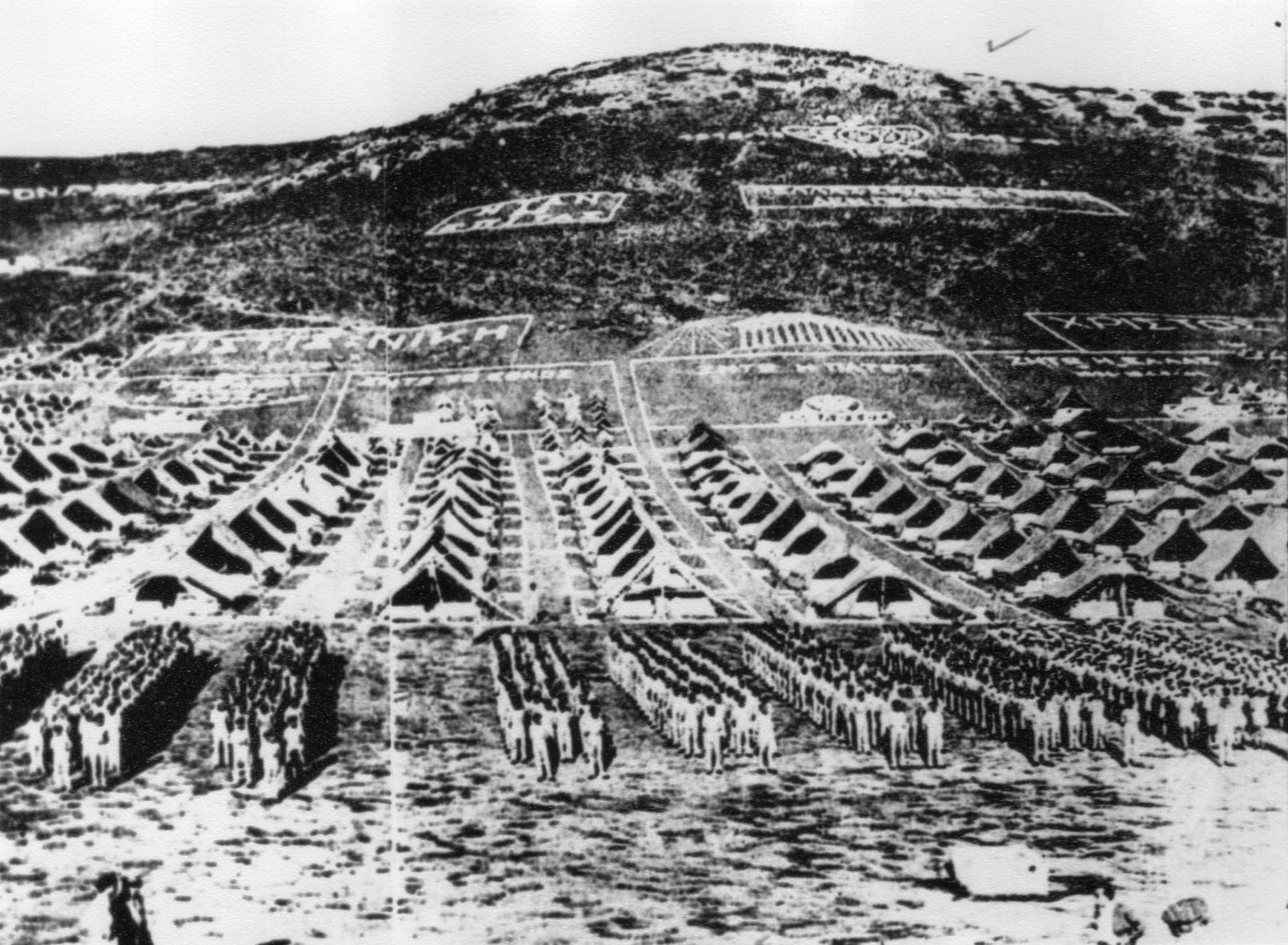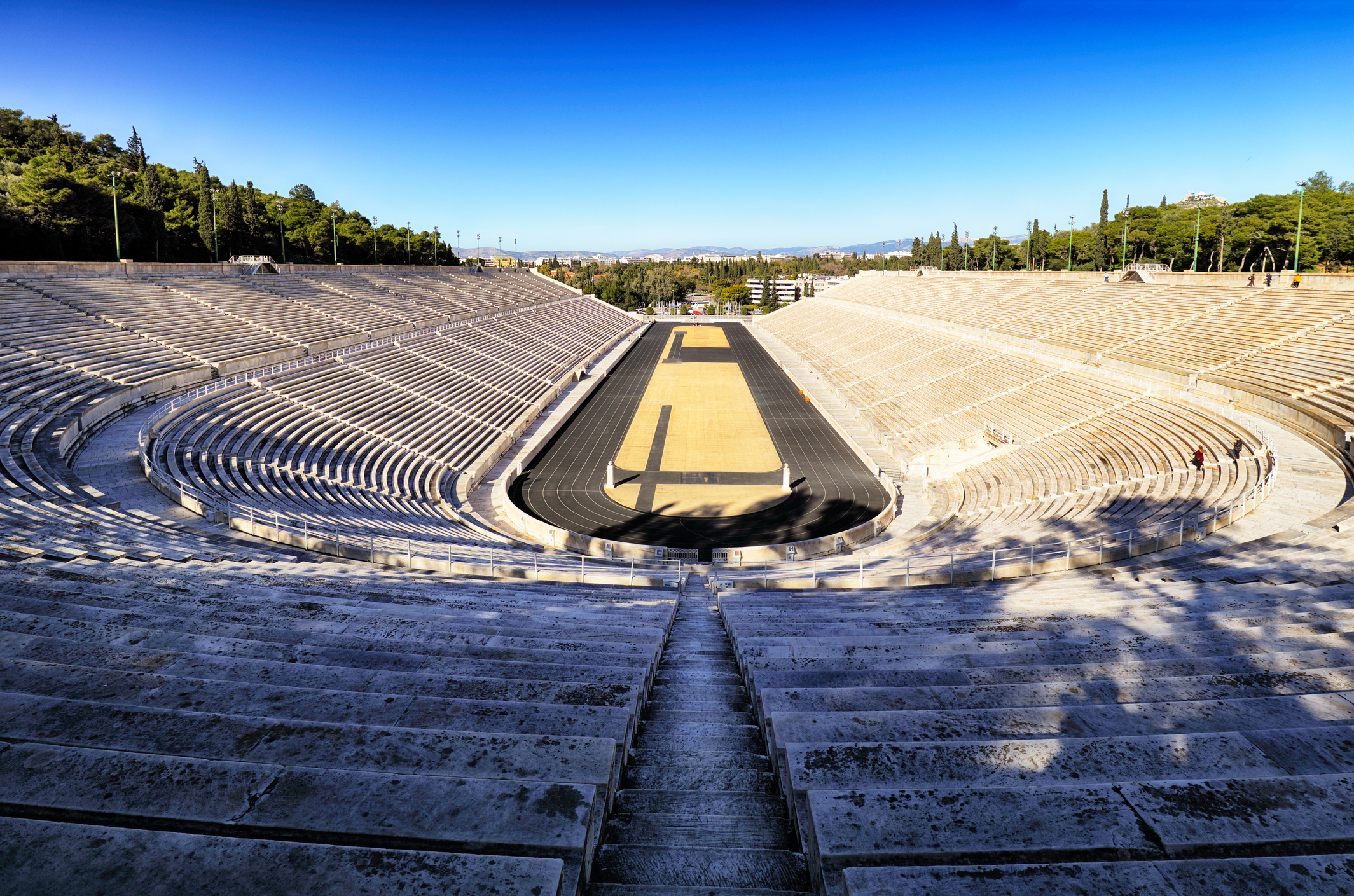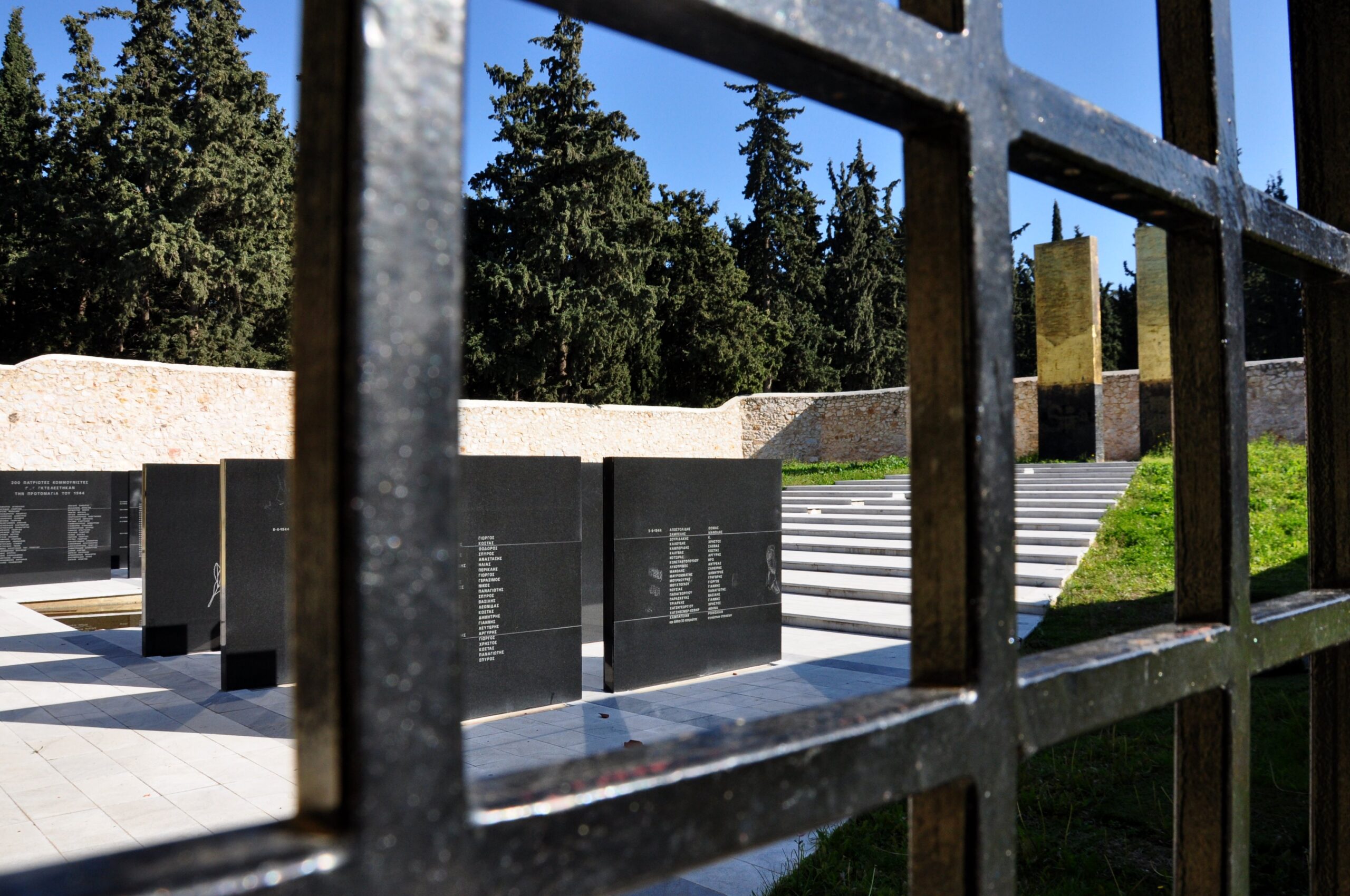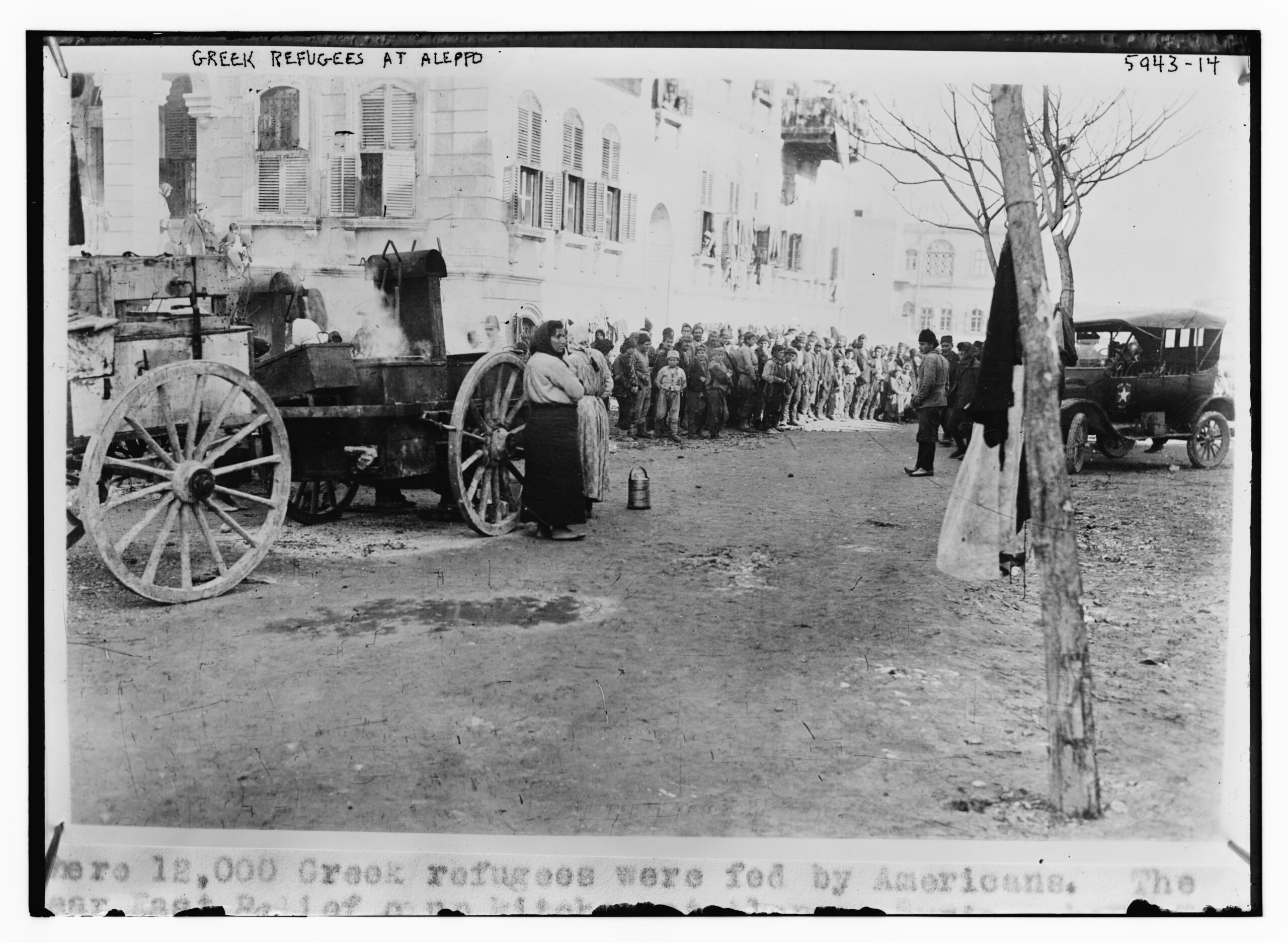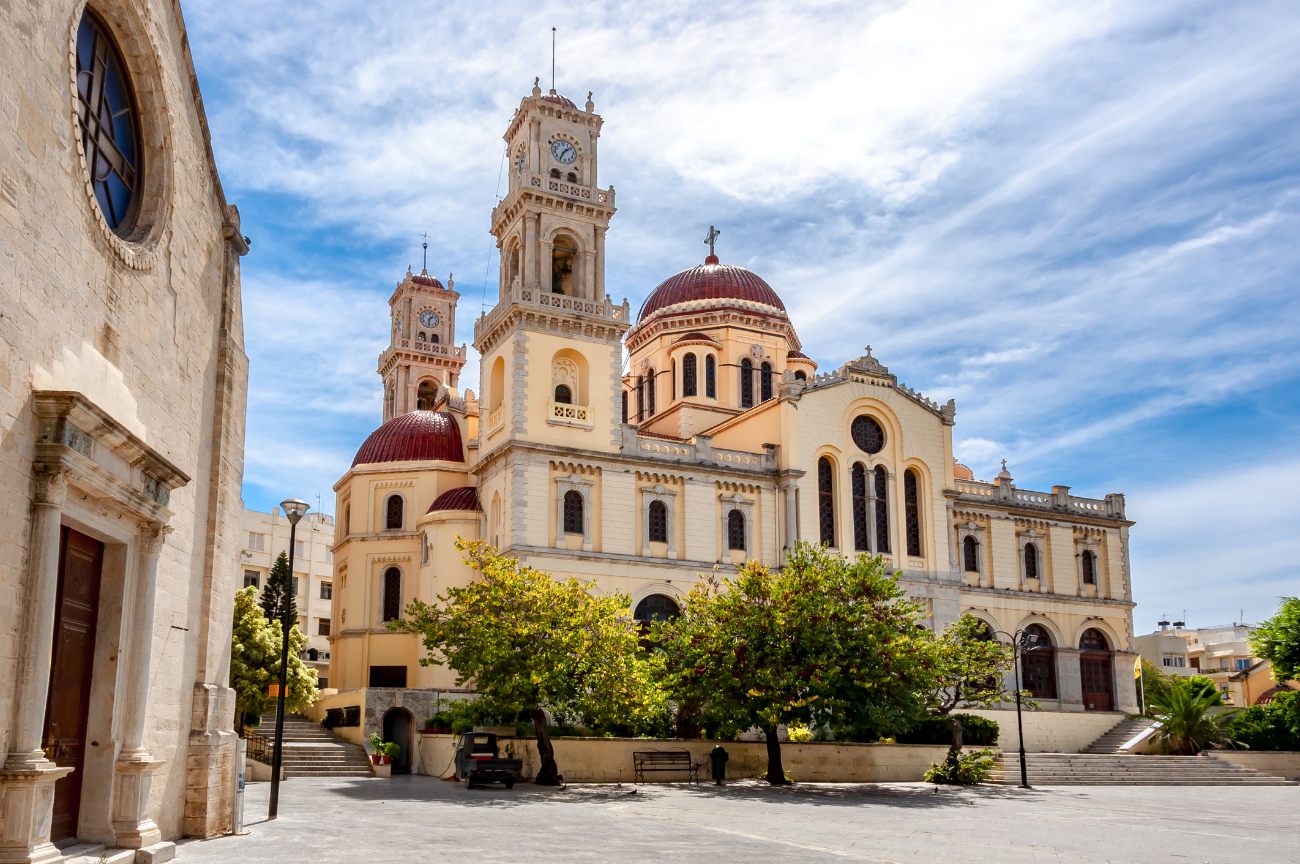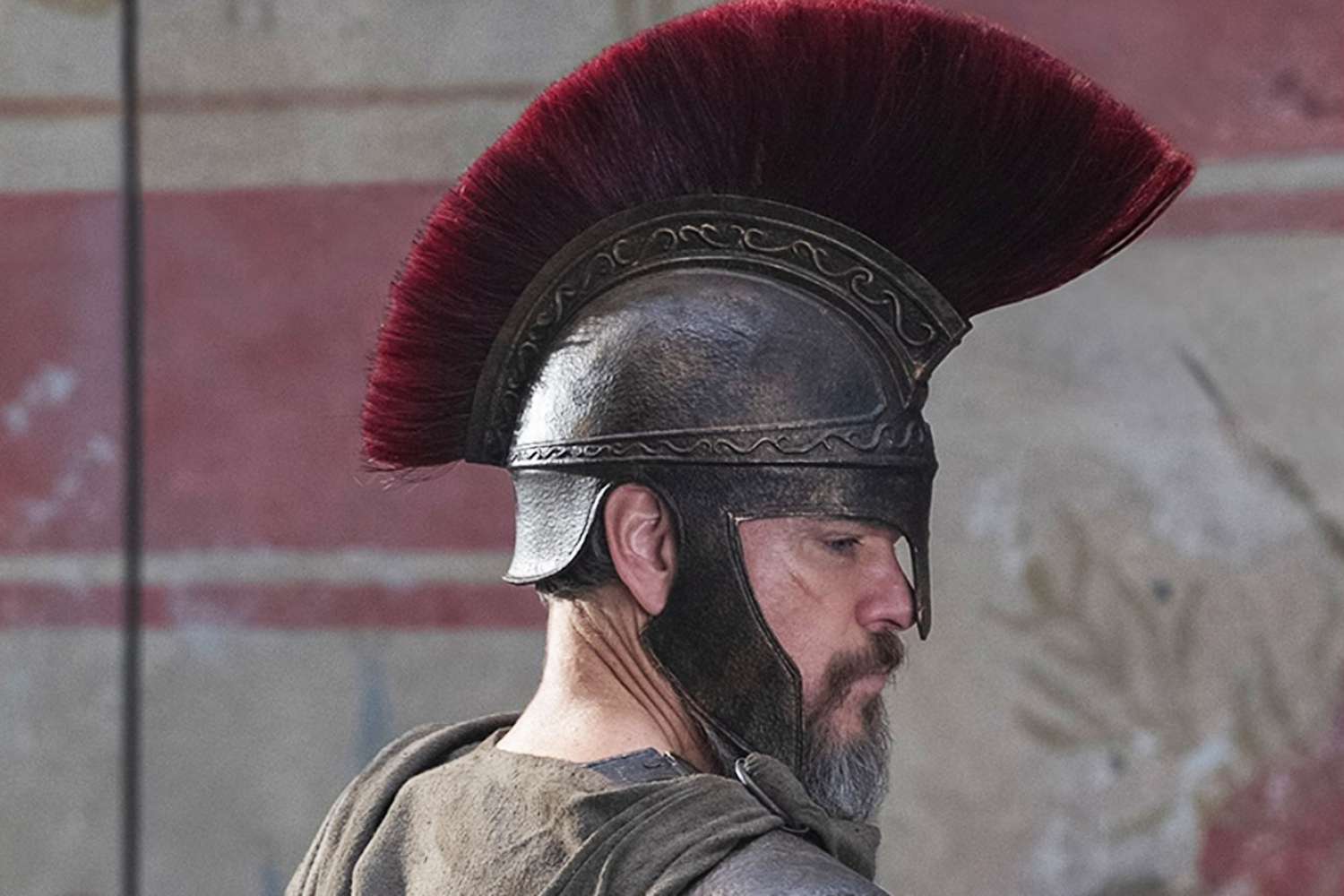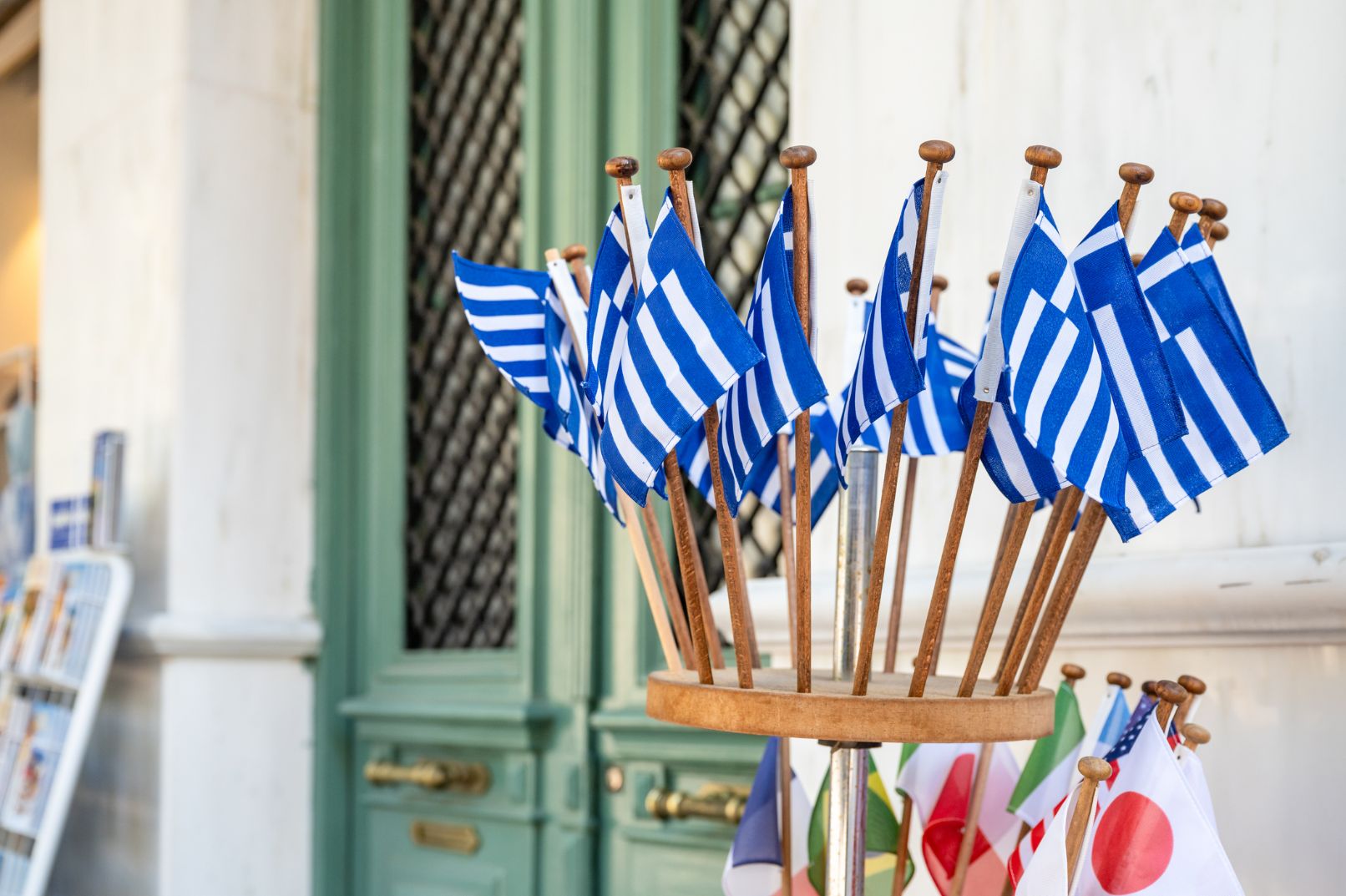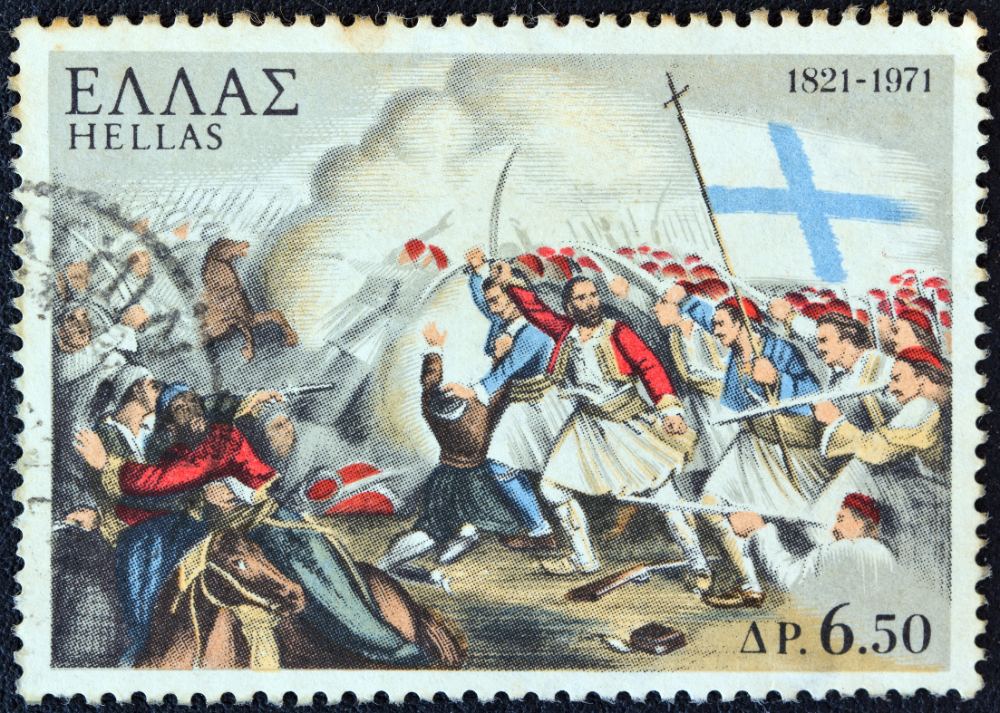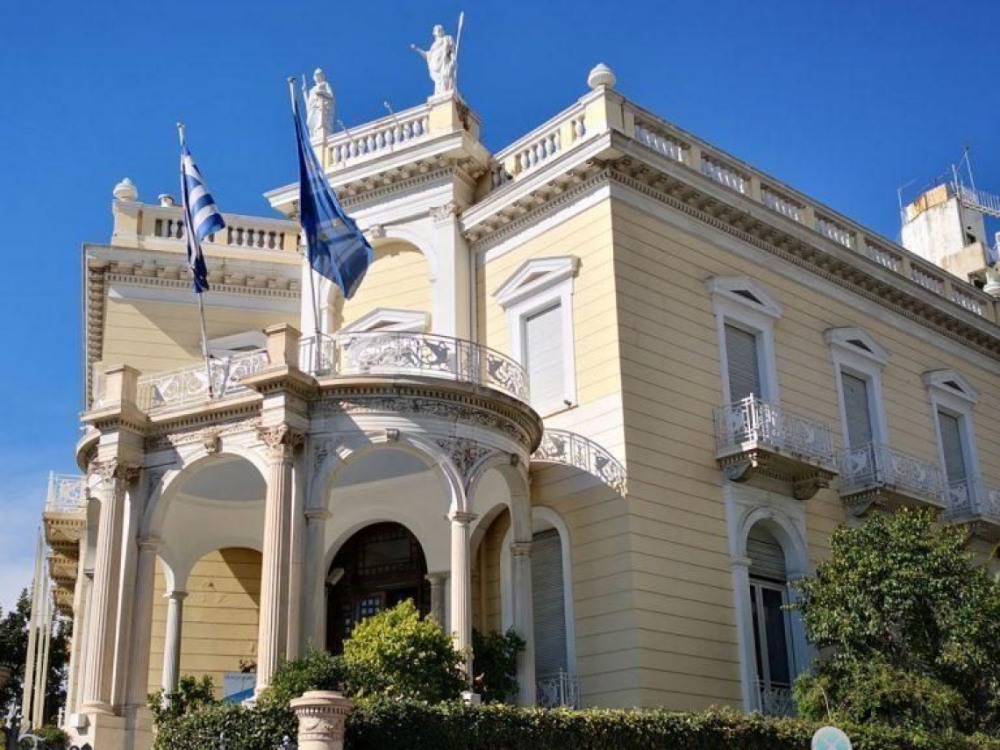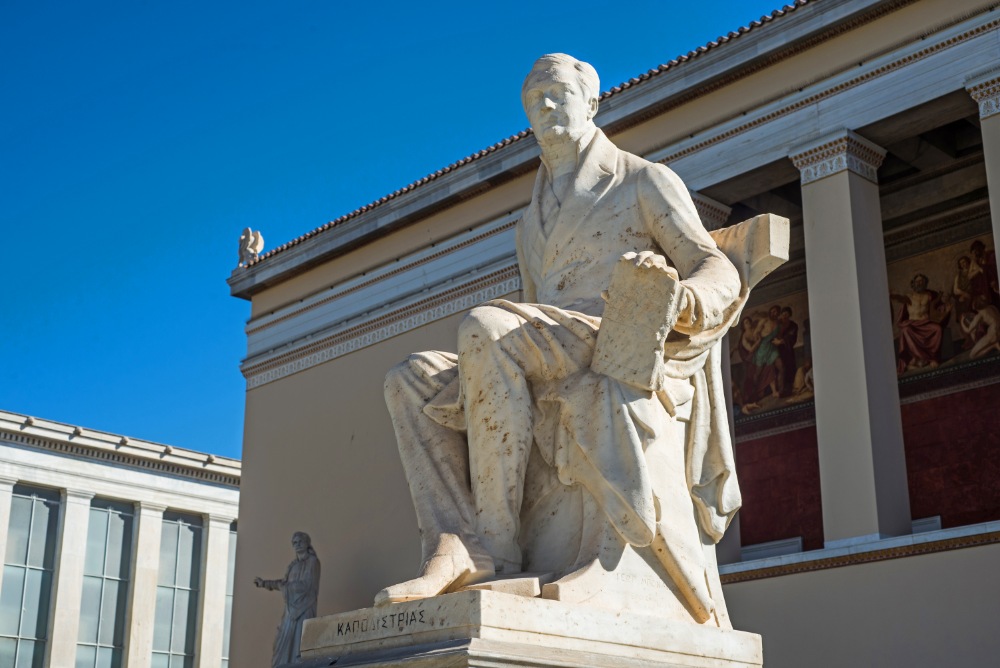Unmasking the Folk Shadow Hero of Greece
Karagiozis, the iconic shadow puppet of Greek folklore, is far more than just a comical figure with a humped back, torn clothes, and endless schemes. He is a symbol of wit, survival, and resistance—especially during times of foreign occupation and social hardship. Though Karagiozis is a fixture in Greek popular culture, the question of who actually invented him remains a complex and fascinating one, tied to a broader tapestry of cultural exchange and adaptation.
Most historians agree that Karagiozis has his roots in the Ottoman-era shadow theatre, specifically in the character Karagöz of Turkish tradition. The Turkish Karagöz was part of a long-standing shadow puppet tradition that itself had traveled from the East—most likely from Southeast Asia, through Persia, and into the Ottoman Empire. These shadow plays often combined satire, humor, and social commentary.
But in Greece, Karagiozis evolved into something uniquely Hellenic. While he may have begun as a borrowed figure, his transformation into the Greek folk hero we know today took shape particularly during the 18th and 19th centuries. His setting moved from the Ottoman court to a poor hut in front of Pasha’s palace. He was no longer a pan-Ottoman trickster but a clever, impoverished Greek trying to feed his family under foreign rule—turning the tables on his oppressors through humor and cunning.
One of the key figures in shaping this Greek version was Dionysis Mimaros, often credited with formalizing the modern Greek Karagiozis tradition in the late 19th century. Based in Patras, Mimaros took the oral and improvisational traditions of shadow theatre and helped establish a structure, characters, and performance style that would become the standard. He introduced other iconic characters such as Hadjivatis, Barba-Giorgos, Stavrakas, and others, creating a full ensemble cast that reflected different facets of Greek society.
So while Karagiozis may not have been “invented” in Greece, he was most certainly reimagined here, transformed into a cultural icon with enduring relevance. He became a mirror of the Greek soul, embodying the struggles, laughter, and resilience of a people living under changing tides of history.
More than a puppet, Karagiozis remains a shadow of the past, still flickering on the screen of Greek identity today.


